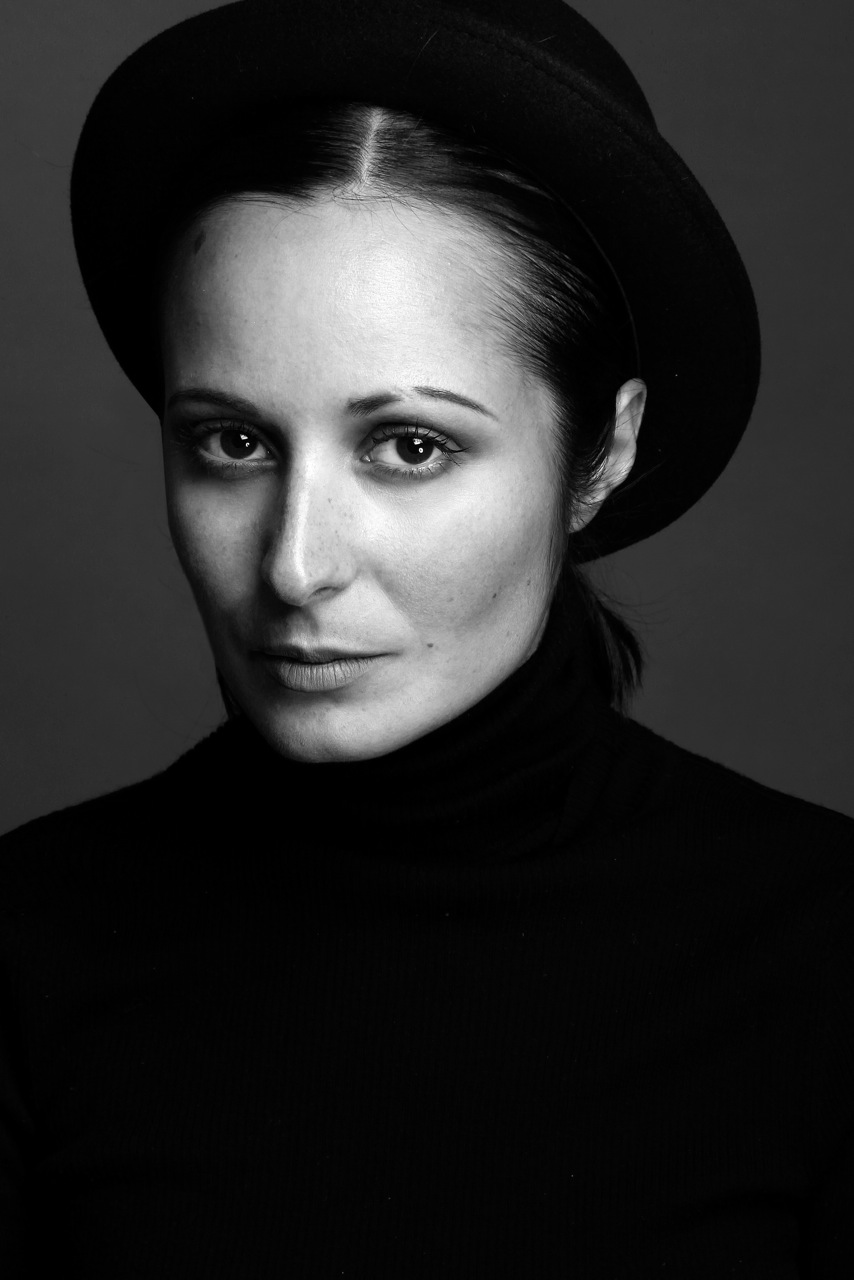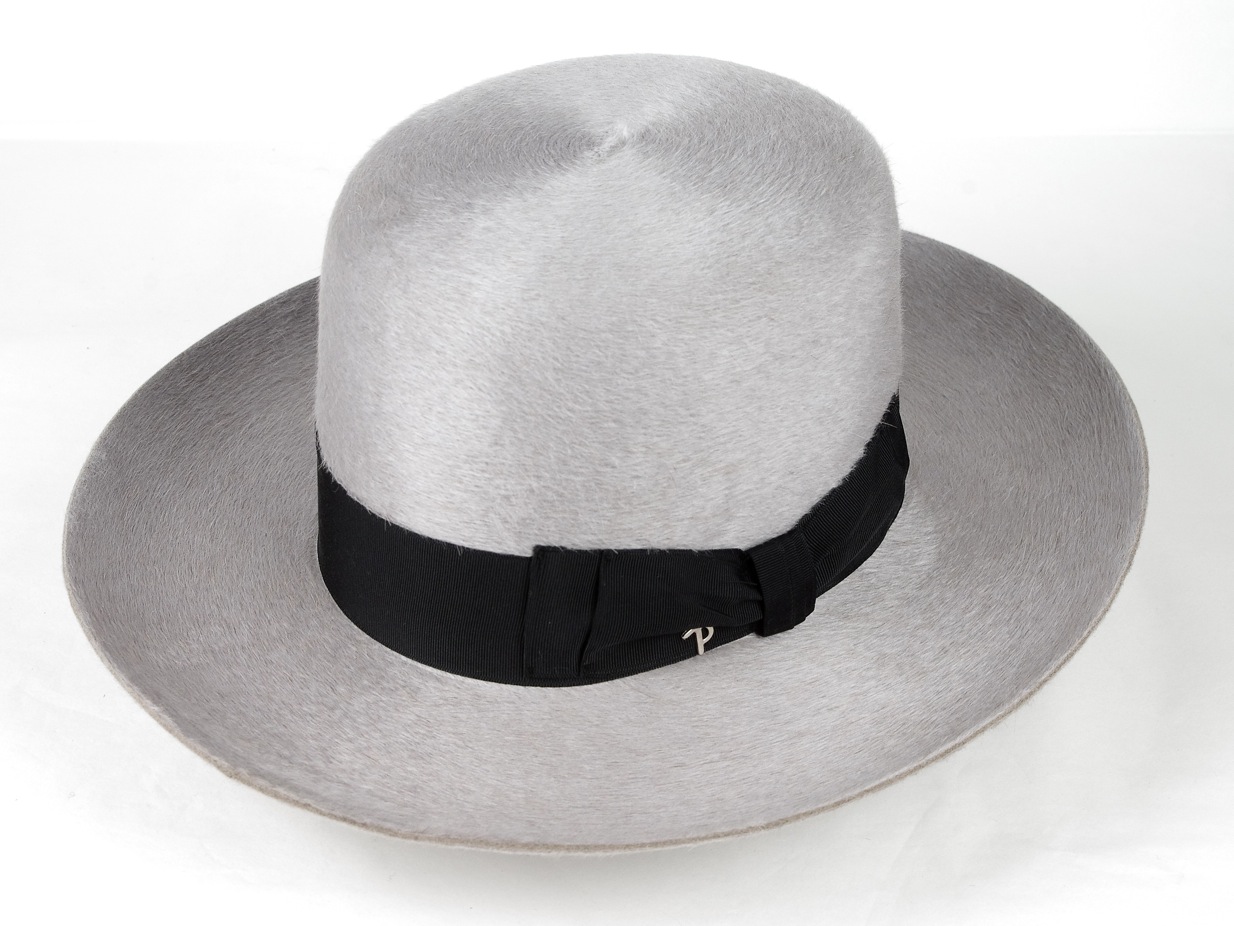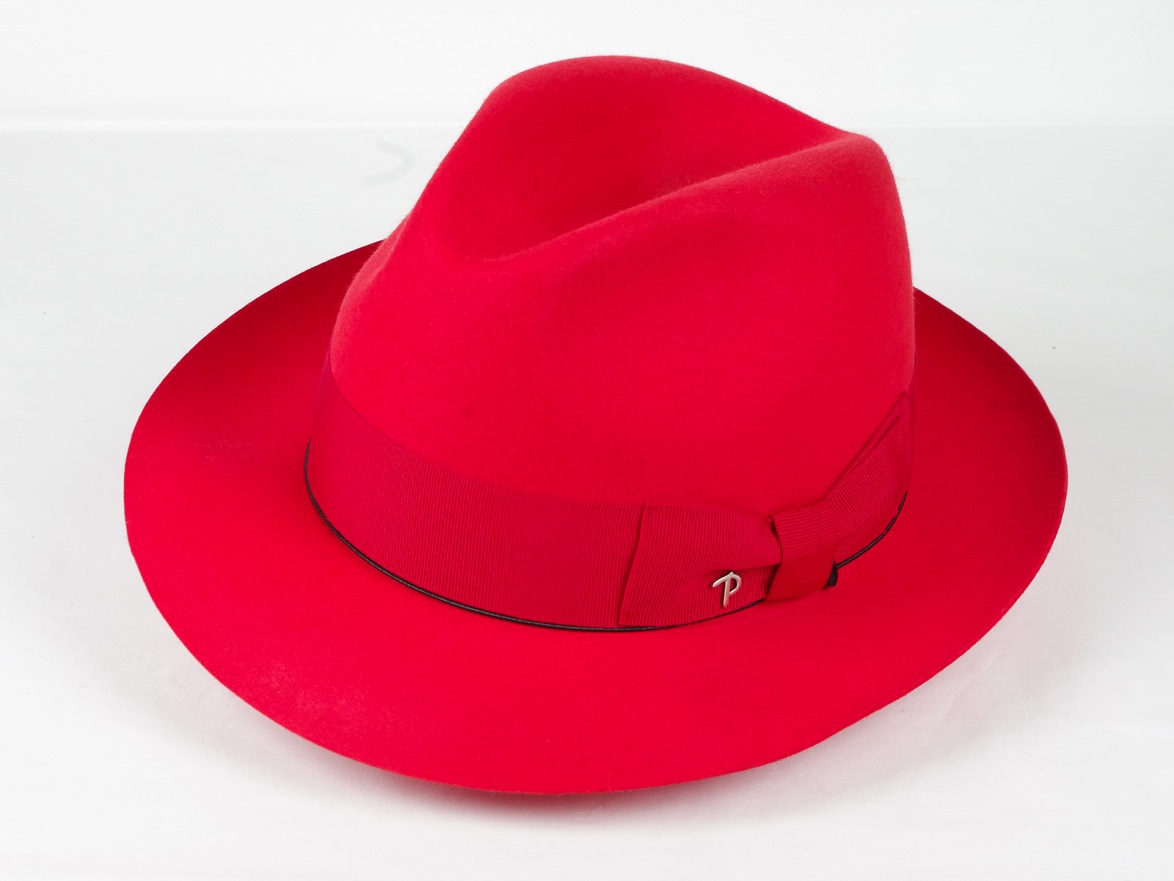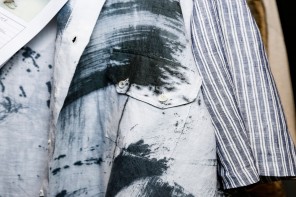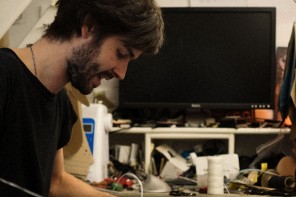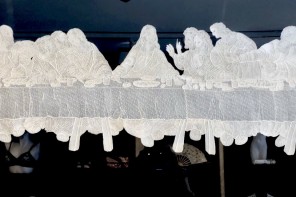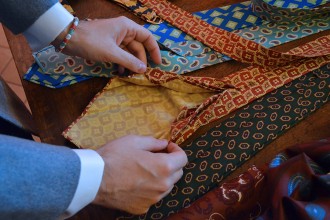Ghiffa, Lago Maggiore, Italy–In the dusty, monastic halls of her family’s historic Panizza hat factory-turned-museum, Laura Gamba, 33, rummages through frayed, aged files and archives kept by her grandfather Antonio, who died in 1989.
Showing off Panizza’s most celebrated models over the last century – classic fedoras festooned with grosgrain ribbon and iconic Lanvin summer hats – Gamba reminisces about wandering around the factory as a child and recalls how she entertained herself by trying on old country riding hats and the old Scottish military helmets, while her grandfather worked tirelessly, quality controlling by hand swathes of rabbit and beaver felt.
After earning a degree in law and economics, Gamba has also dabbled in theater and the art business. It was hard to believe that she would one day become CEO and co-owner of the company her great-grandfather Natale helped start in 1879. She is currently engrossed in the daunting task of propelling the family business into the 21st century.
“If we were selling jeans, I wouldn’t be worried, but I have to ask myself if people will continue to think hats complete a look like a bag does. It’s really up and down,” Gamba, dressed in colorful golfer pants and iridescent Ray Bans said from the driver seat of her car, somewhere between Milan and Italy’s majestic lake region.
The old factory is now a museum called Museo dell’Arte del Cappello and sits on the edge of Lago Maggiore, in a town called Ghiffa, where Gamba’s grandfather was born and she spent summers as a child.
In the early 1900’s, the region was dominated by the hat and cotton industry. At the height of Panizza’s business in the late 1950’s, Panizza produced around 230,000 hats per year and employed over 200 people. In the Gamba family’s financial heyday, they even accrued enough financial power to help start a local bank which was eventually sold to Banca Antonveneta.
But greased up rock and rollers like Elvis Presley and the hippie days of the 60’s influenced men and women worldwide and changed the hat industry forever. In the latter part of the 20th century, the hat became an accessory popular mainly among British aristocrats and spectators of rare sporting events like the Kentucky Derby and/or for eccentric fashionistas like Anna Piaggi.
During this time, the Gamba clan lost interest in the business and it was running on auto-pilot, explained Gamba. But after about a 20-year “dormant” period, Gamba’s own passion for hats was awoken and she decided to re-popularize the fedoras and panamas made iconic by her grandfather.
“It was a lot like doing my own start up,” she explained, adding that reviving the company involved everything from coming up with an international marketing strategy to making a website.
Back in the lake region, Gamba talks about the challenges that lie ahead: making a profit and attracting customers in key foreign markets.
Gamba took the helm in 2010 and has her own team of dedicated designers and marketing experts. The factory that produces Panizza’s hats crafts around 35,000 to 40,000 hats per year — a far cry from the 230,000 per year her grandfather produced in 1959. Nevertheless, she has attracted new clients in Russia and in upscale Parisian stores like Printemps.
Panizza hats now range from EUR80 to EUR185 for their fine 100 percent beaver felt hats.
Gamba said her fur felt hats are designed to resist the test of time, and are made with only the best merino wool, beaver and rabbit furs.
“There is really no one [industrial competitors] who can match our level of quality. Panizza comes the closest to matching how people made hats in the 1950’s,” Gamba said. “We are constantly trying to improve our design, in-line with what is on the runway.”
Looking ahead, Gamba said her goal is to open a Panizza mono brand store in two years.
Like the little girl that once wandered the clamorous halls of the Panizza factory, she slaps on an old Lanvin sun hat from the 80’s once worn by her mother, and ambles by an dusty oil painting of her great-grandfather nailed to the aged brick walls of the museum.
“Like my grandfather always used to say, I have a head for hats.”
–Sofia Celeste


